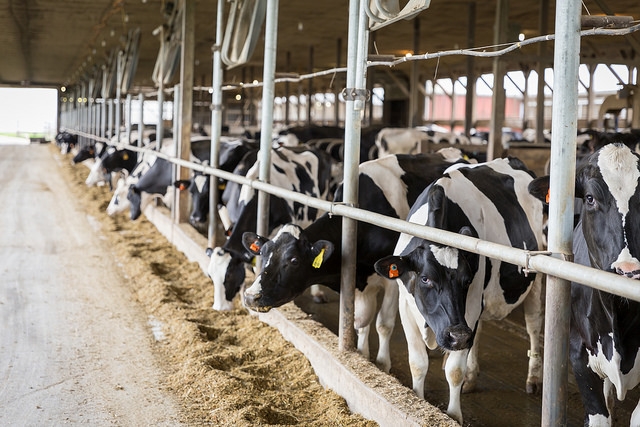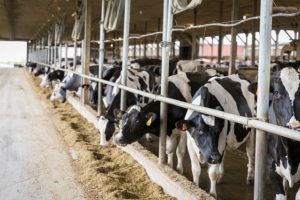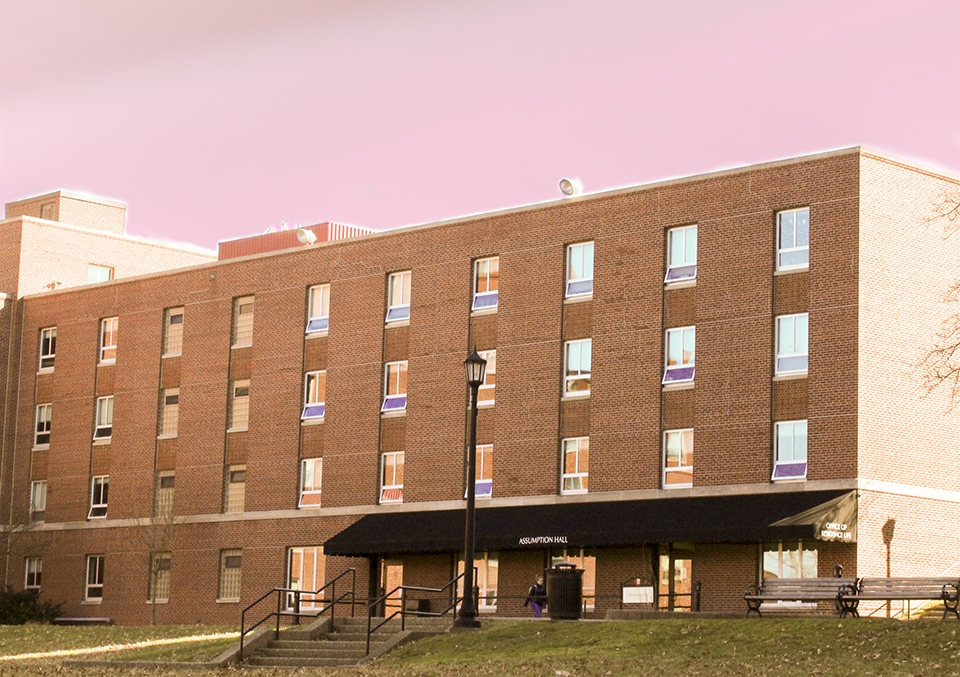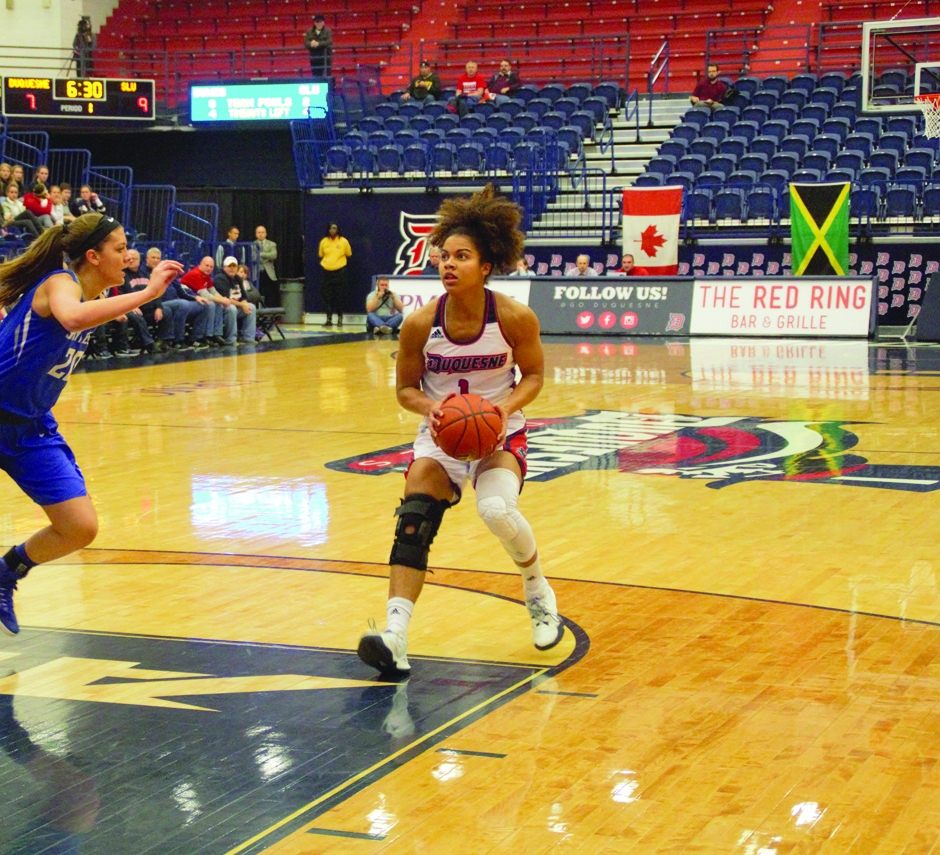
Cows feed at Turner Dairy Farm in Penn Hills. Turner supplies Parkhurst dairy products, which are supplied to Duquesne.

Cows feed at Turner Dairy Farm in Penn Hills. Turner supplies Parkhurst dairy products, which are supplied to Duquesne.
Raymond Arke | Asst. News Editor
Food is something that often preoccupies the minds of college students. But how the food got there can be a different story.
Alex Ruiz, a junior political science and history major, had never considered where his food was coming from.
“It’s something I’ve never really thought about. I certainly would prefer it locally though because in my experience it’s fresher and tastes better,” he said.
Duquesne’s food is supplied through Parkhurst Dining, a Pittsburgh-based dining service. They tout their efforts of supplying Duquesne with fresh and locally-sourced food.
Carlos Soza, the general manager of resident dining, said some of the food Duquesne receives comes from the Western Pennsylvania region.
“We source our products from many suppliers in the area. Our main line source is US Foods’ Greensburg Branch. From them we get Hatfield, Pennsylvania pork products, most of our meats and poultry, and dry stock items,” Soza said.
The classic staples of bread and milk are also from Pittsburgh companies. Soza said that Duquesne receives their dairy products from Turner Dairy in Penn Hills and the bread comes from three regional bakeries — Breadworks, Cellone’s and Schwebel’s.
Even the produce and seafood are supplied by Pennsylvania groups.
US Foods, Land & Sea (based in Monroeville), and Samuels and Sons Seafood in Philadelphia are all places used by Parkhurst.
Soza said around 20 percent of Parkhurst’s food is “coming from farms and producers within a 150 mile radius of our suppliers.” This is why they use the “locally-sourced” label, he said.
James Dunn, a professor of agricultural economics at Penn State, said that the term “locally-sourced” can mean many different things.
“Everyone has their own definition … usually it means within your county or within Pennsylvania,” Dunn said.
He said that relying solely on local food can be unwise because it limits your diet.
“It’s not necessarily better for you, depending on what you eat. [Only having local food] means that in winter there would be no green vegetables,” Dunn said, adding though that, “local food makes sense in season.”
Advancements in refrigeration and transportation have allowed a greater variety of food to be consumed.
“Technology has broadened our diet … stuff can come across the country very quickly and very economically,” Dunn said.
Even with more types of food being available all the time, recently there has been a growing demand for local products. The National Restaurant Association noted in a 2016 study that locally sourced meat and seafood is one of the top food trends.
Like Parkhurst, some companies are also trying to bring that trend onto college campuses.
Sea To Table is a company that specializes in supplying “wild, domestic, and traceable seafood,” according to their website. Alissa Westervelt, Sea to Table institutional sales, said that the company is spreading as a supplier to college campuses.
“We worked with over 100 universities around the country,” she said. Some of the examples Westervelt named were the University of Michigan, Ohio State University, Yale, Princeton, and a few of the University of California schools.
In regards to seafood, Westervelt feels that the emphasis on local is important.
“America’s seafood supply chain is broken. 90 percent of the seafood consumed in the US is imported, 60 percent of our domestic catch is exported, one-third has been found to be mislabeled, and traditional seafood supply chain is riddled with fraud, slave labor and environmental issues,” she said.
The hope is for Sea to Table to change the problems of the global seafood trade.
“We bring value to American fishermen by increasing the amount of American seafood on American plates,” Westervelt said.




